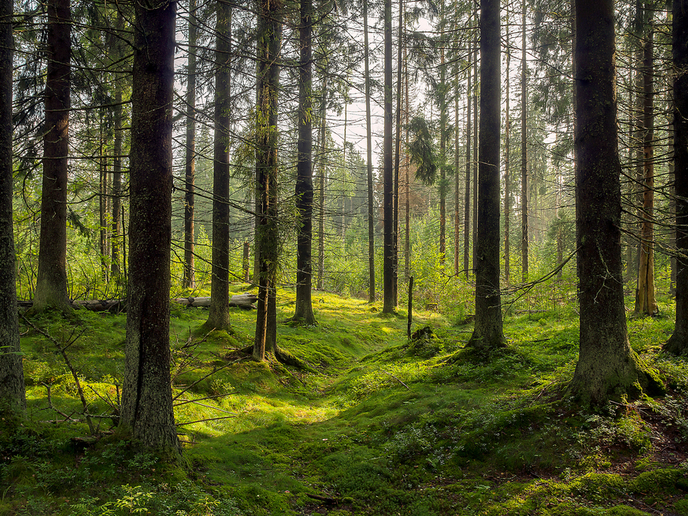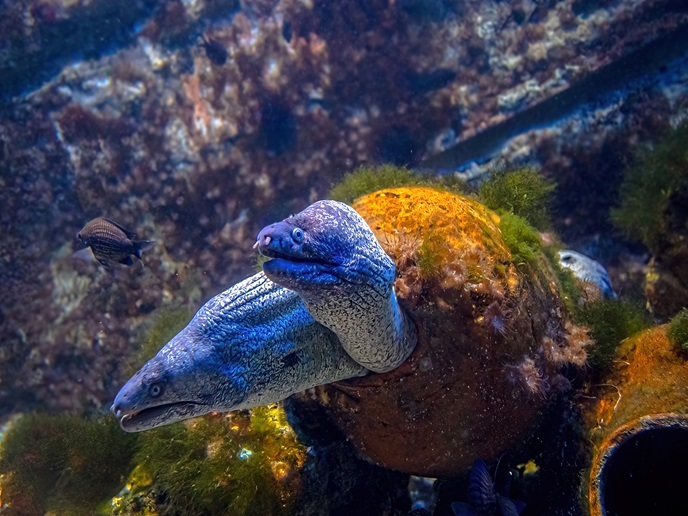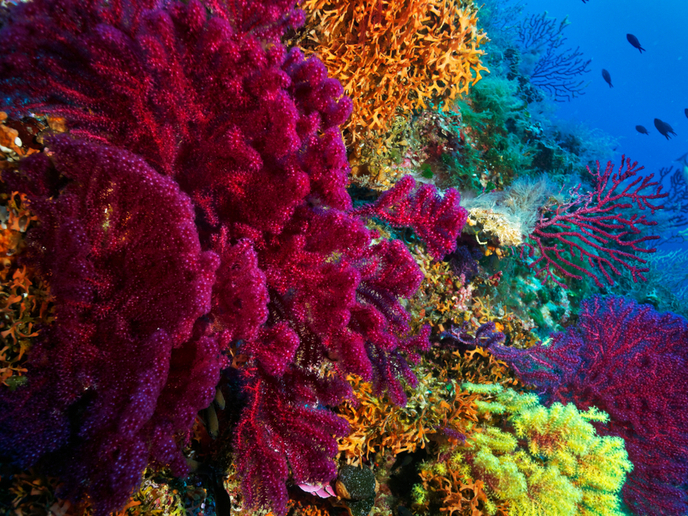Sex and adaptation in plants
When plants expand their geographic ranges and encounter new habitats, genetic changes occur as they are forced to adapt to new conditions. This ability to adapt to a changing environment is particularly important in the face of global climate change. The EU-funded SEX-NGS (Sex-linked loci, sexual specialization and local adaptation in Mercurialis annua complex) project aimed to determine how plants' sexual reproduction systems affect their ability to adapt to rapidly changing environments. How genes are transmitted across generations depends on the sexual reproduction system of the plant. With 'inbred' systems, offspring produced by closely related parents (where both sexual organs are usually present on the same plant) have little genetic variation. Alternatively, sexual systems that allow 'outcrossing' encourage genetic variation through the mating of two separate, genetically diverse male and female parent plants. SEX-NGS used the annual herb Mercurialis annua, which is capable of reproducing by both inbreeding and outcrossing, as a model to study genetic adaptation. Researchers looked at how its genes have changed during the range expansion from its origin in the eastern Mediterranean through France and to the United Kingdom. Using cutting-edge genetic analyses, they found that plants near the expansion front had lower genetic diversity compared with ancestral populations, probably due to inbreeding. However, enough genetic diversity remained for this species to evolve and adapt to the new environments it encountered as it colonised Europe. Genetic diversity was probably maintained through outcrossing of range-edge plants with plants from elsewhere, highlighting the contribution of separate sexes to adaptation. The techniques developed during this project are now being applied to study important commercial species like the staple food manioc and the biofuel crop Jatropha. Comparing genes across these species will provide valuable insights into how the plants will adapt to stresses like drought and disease under impending climate change.







